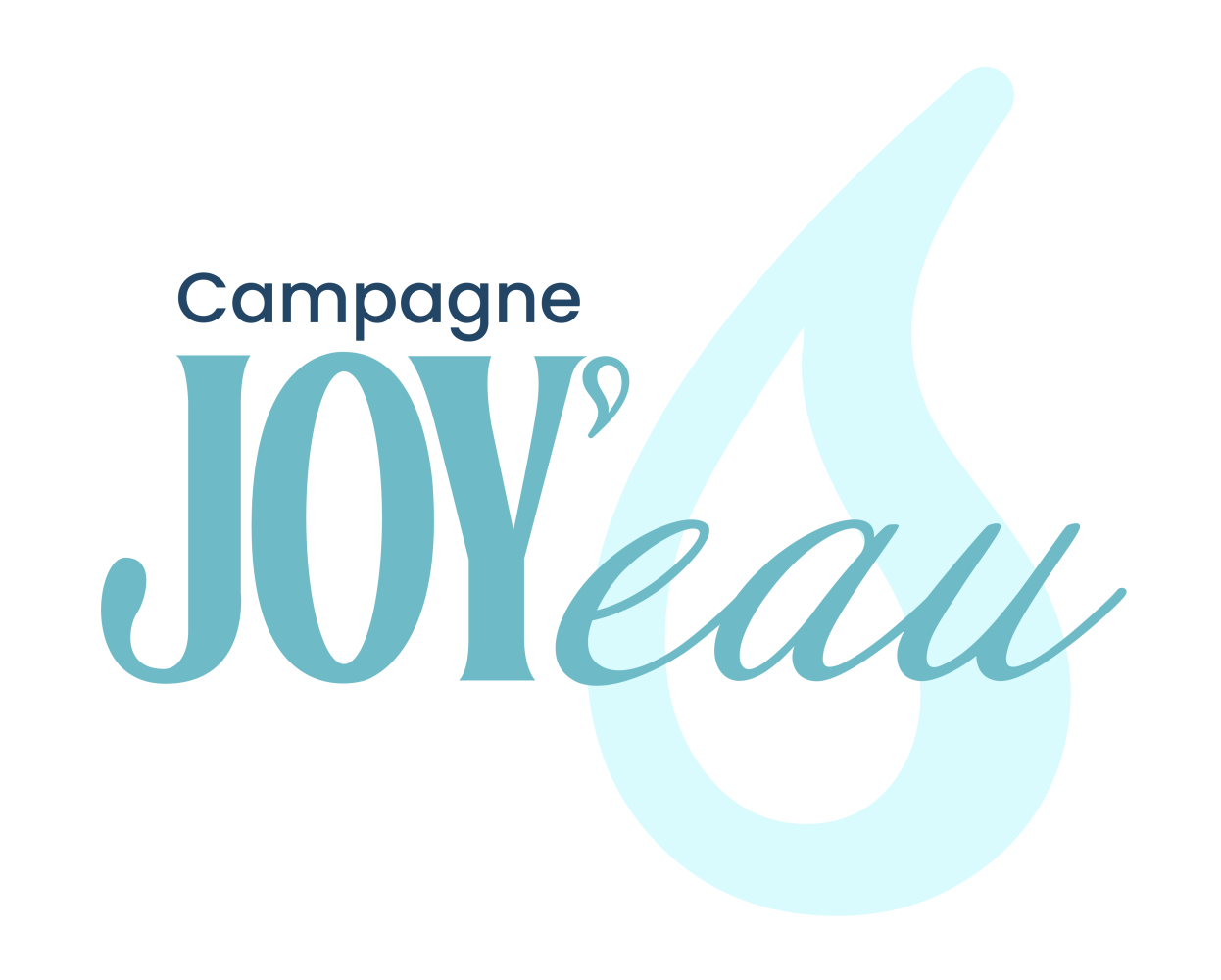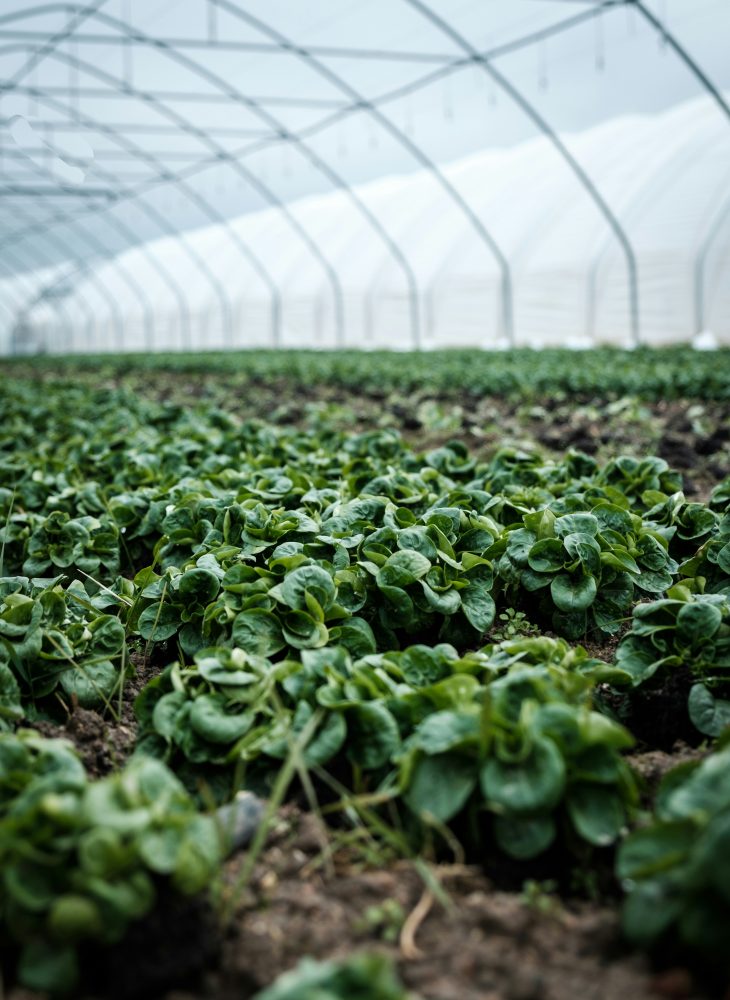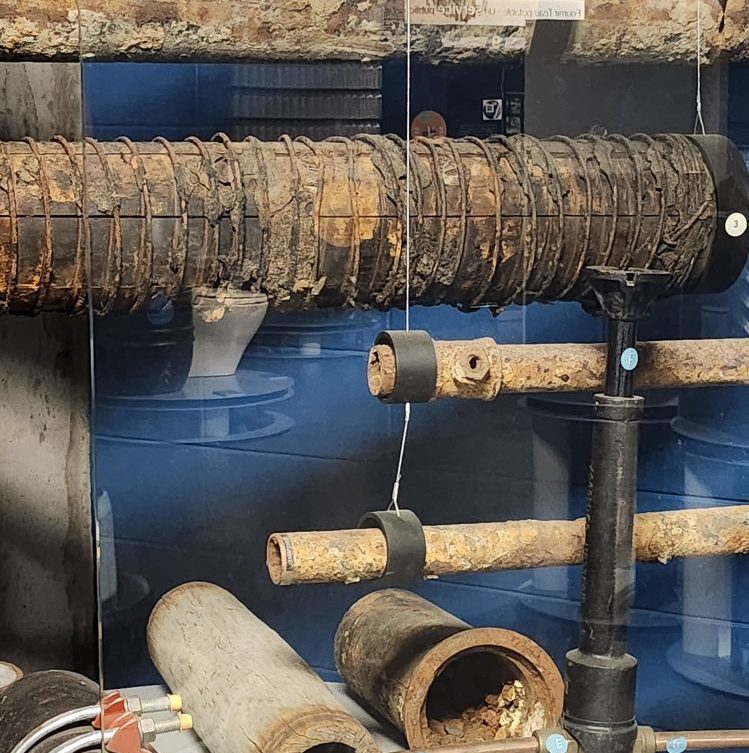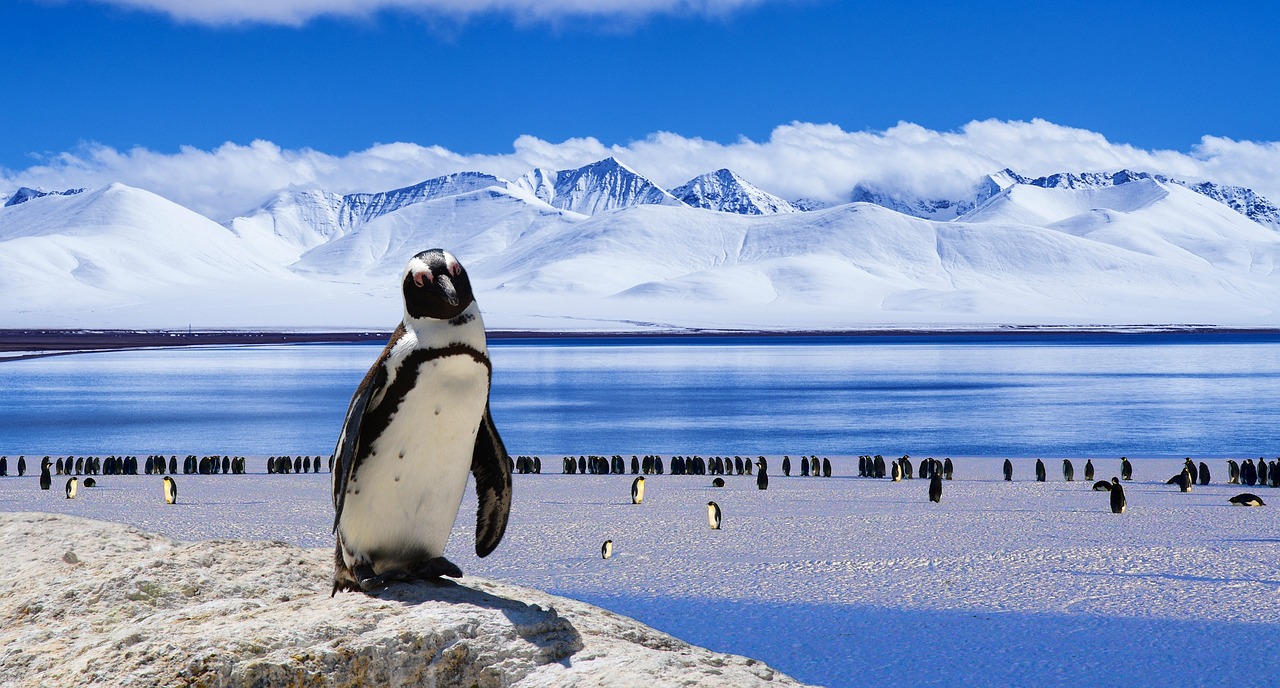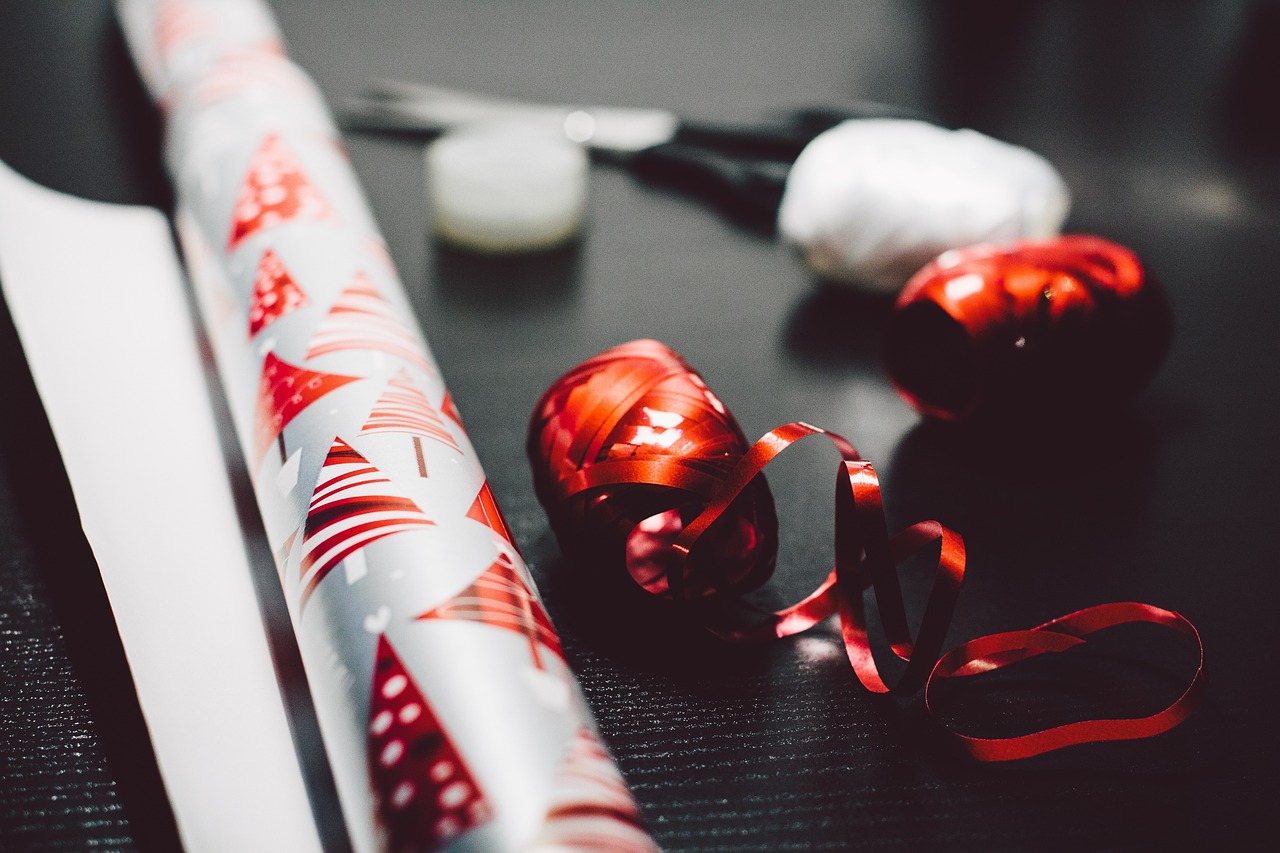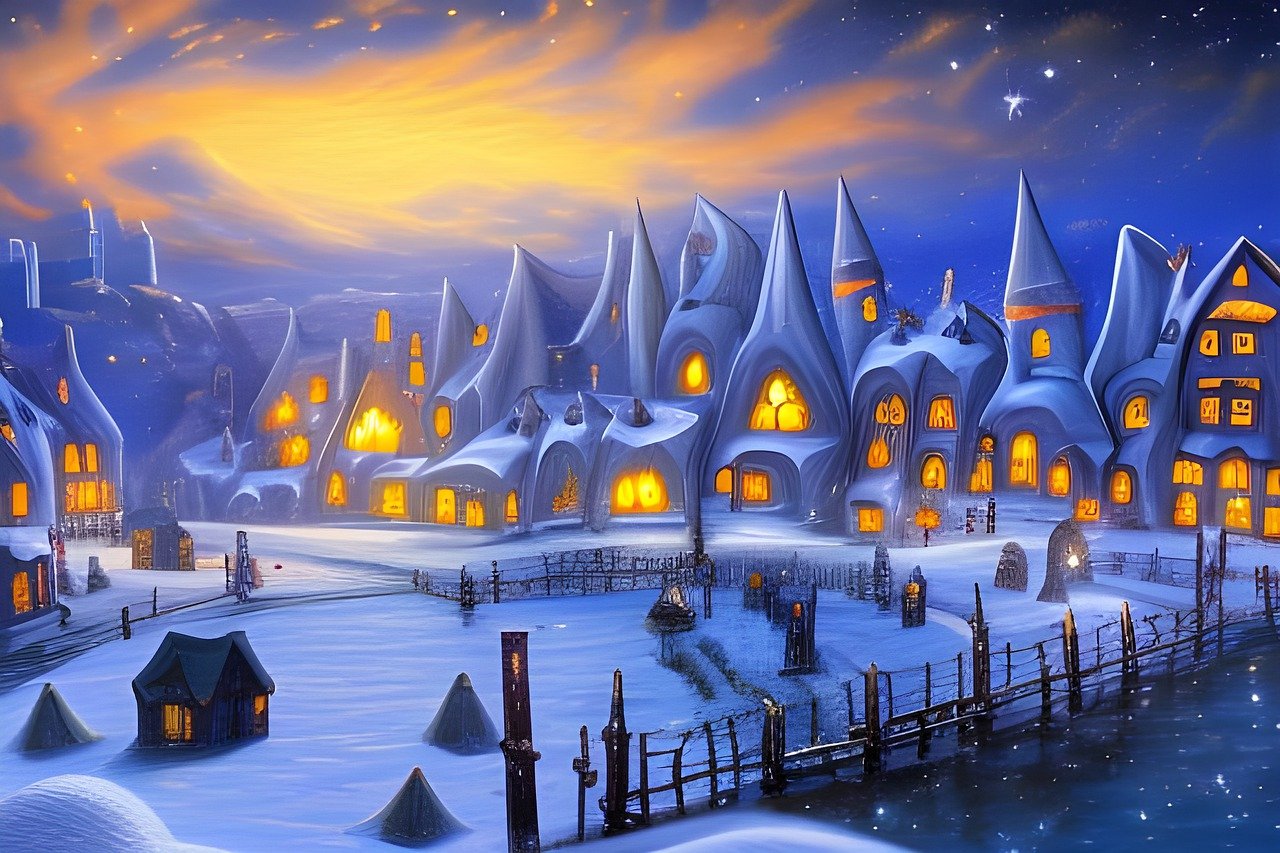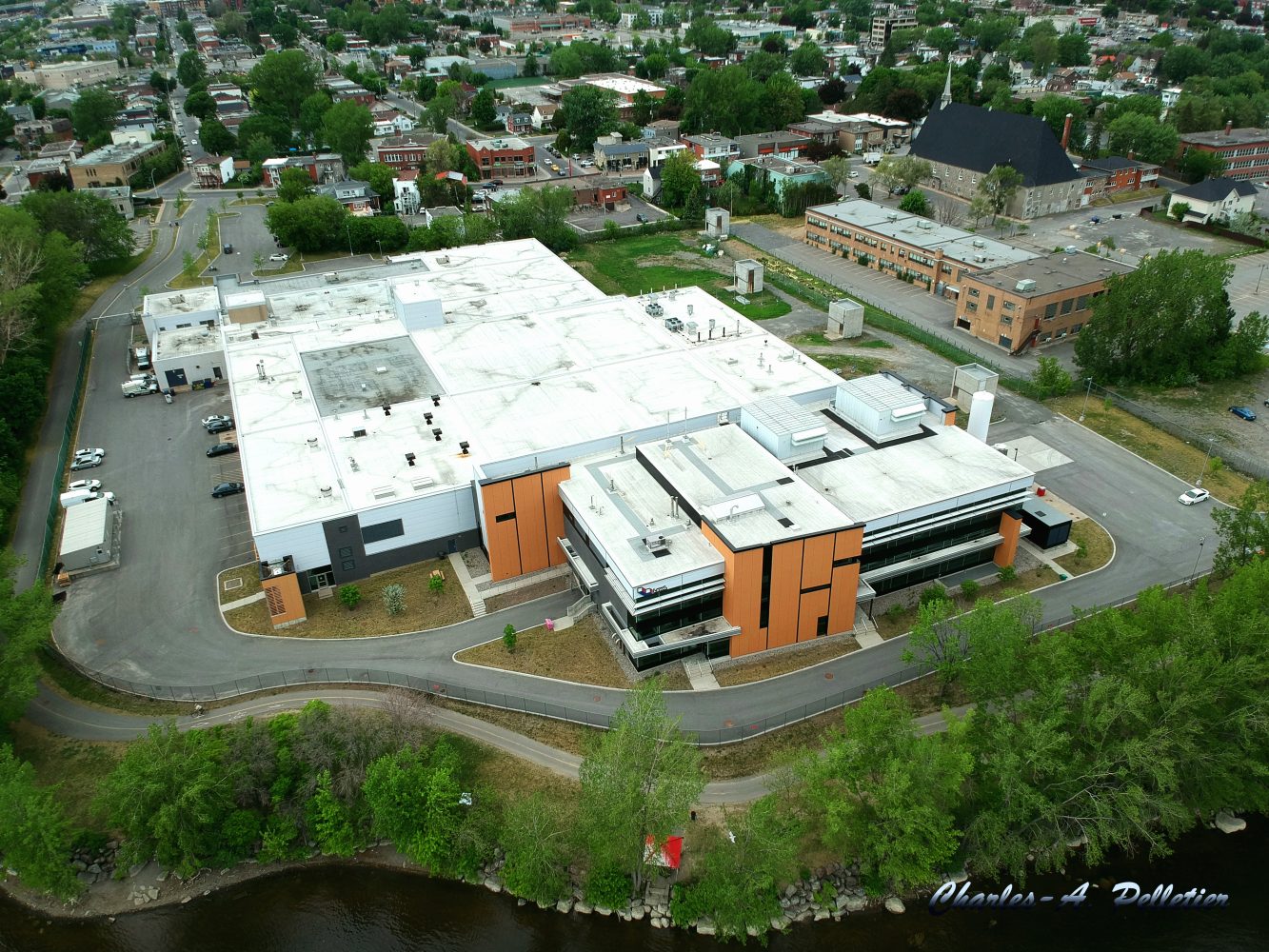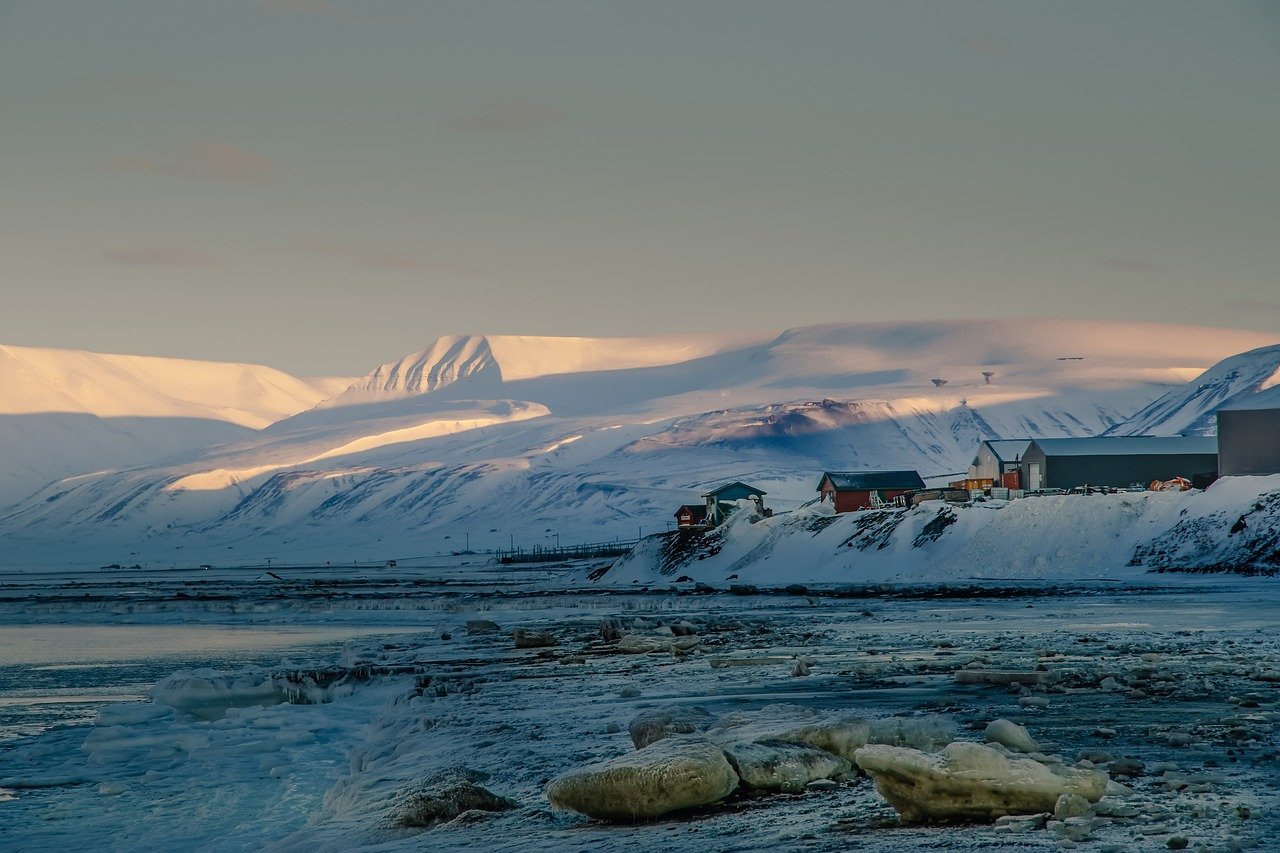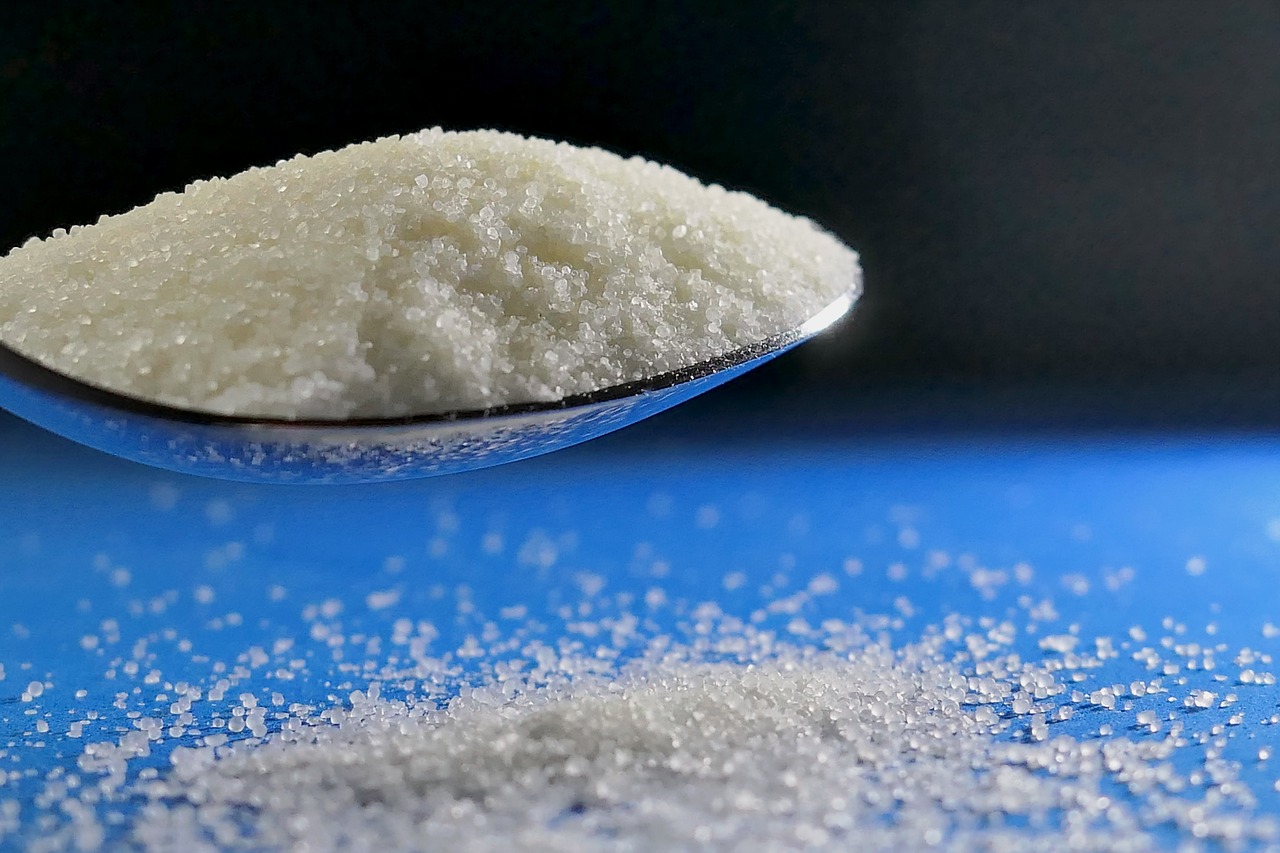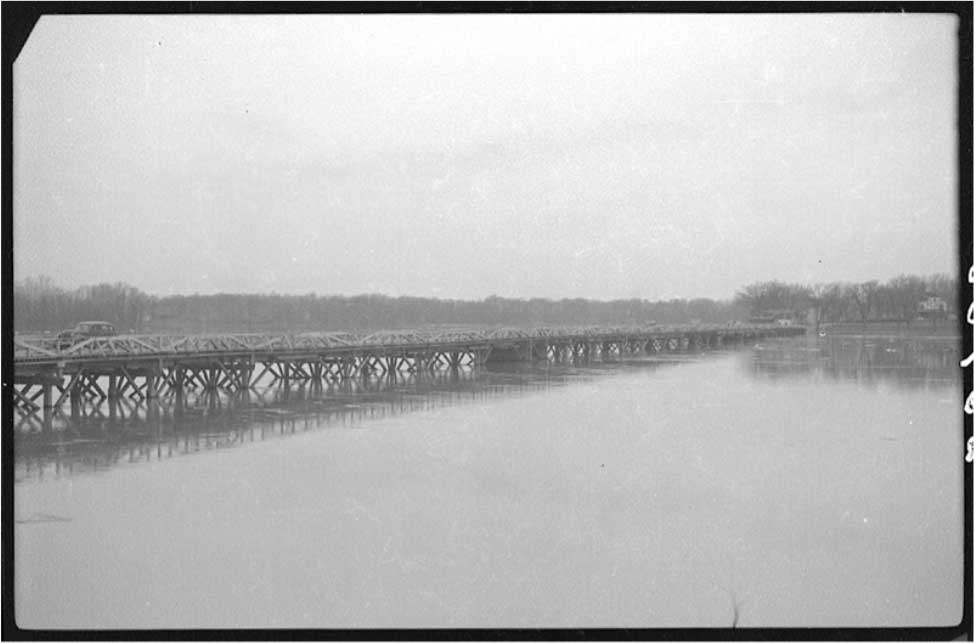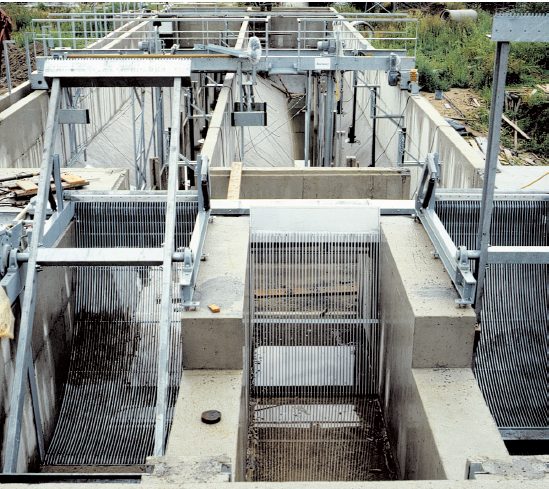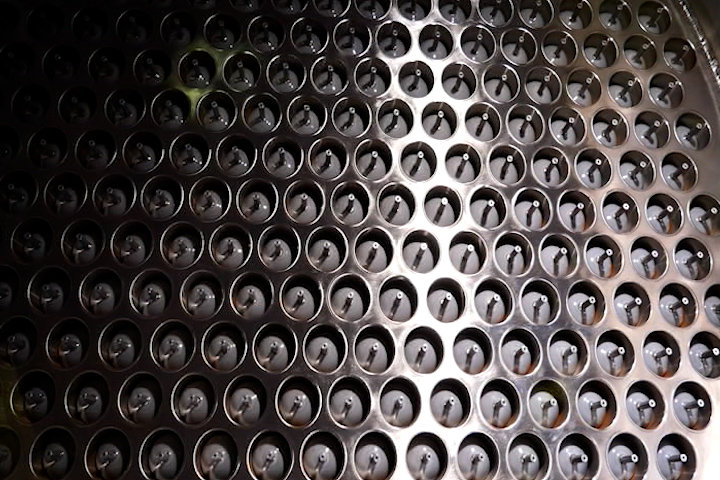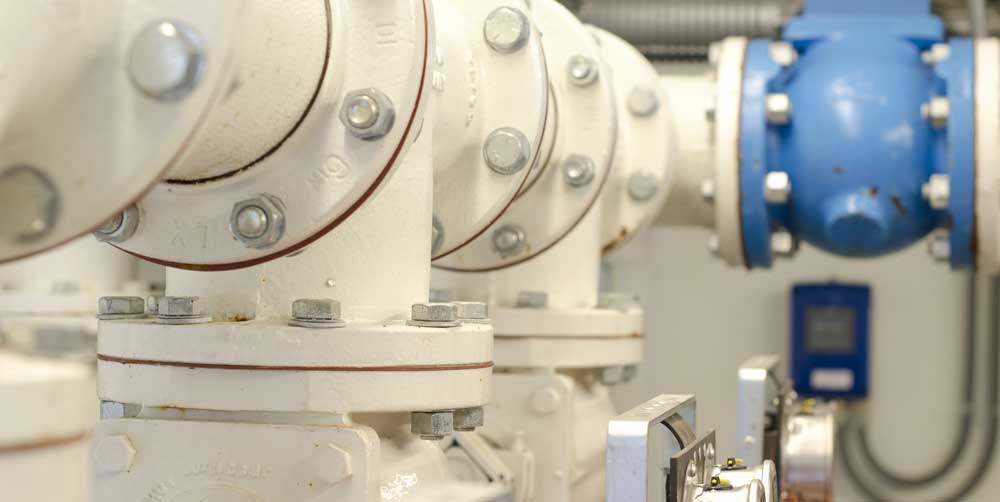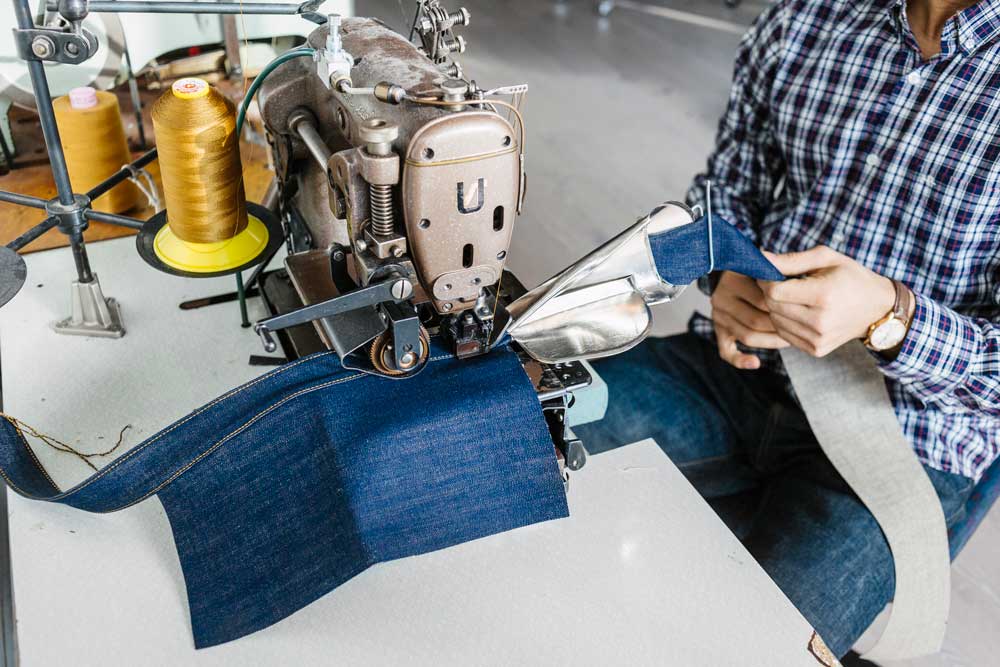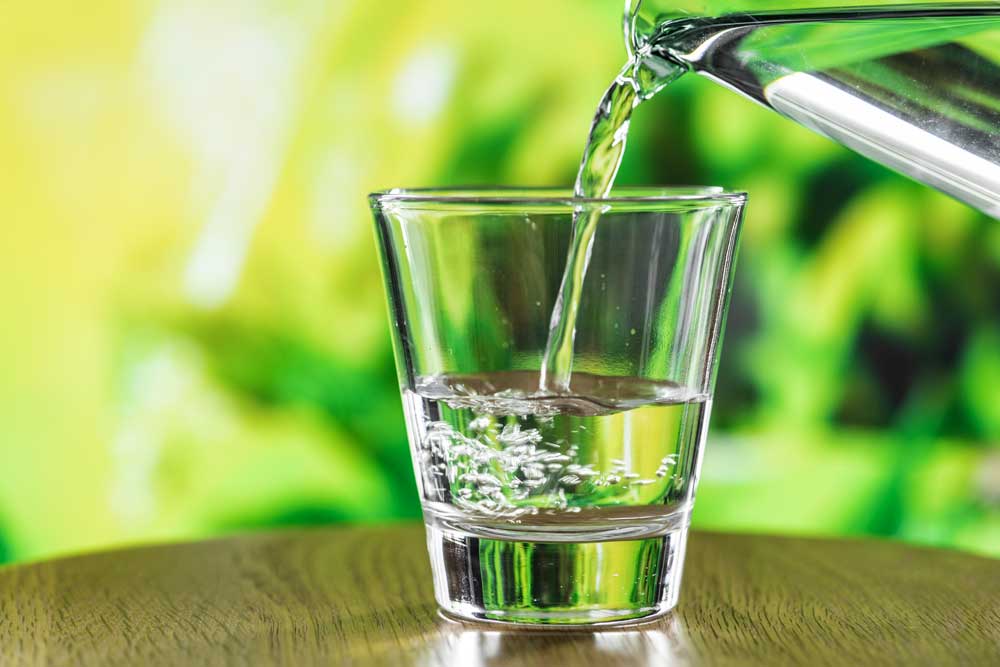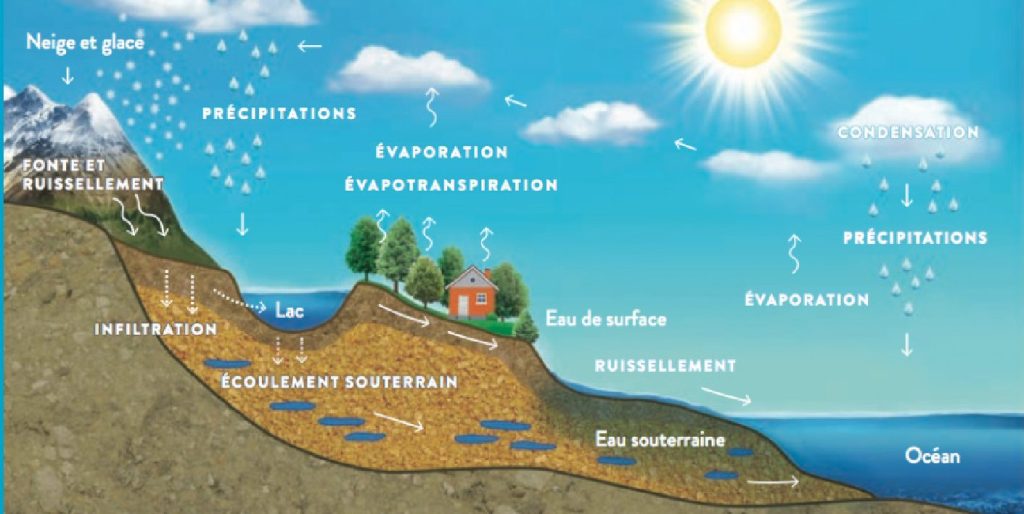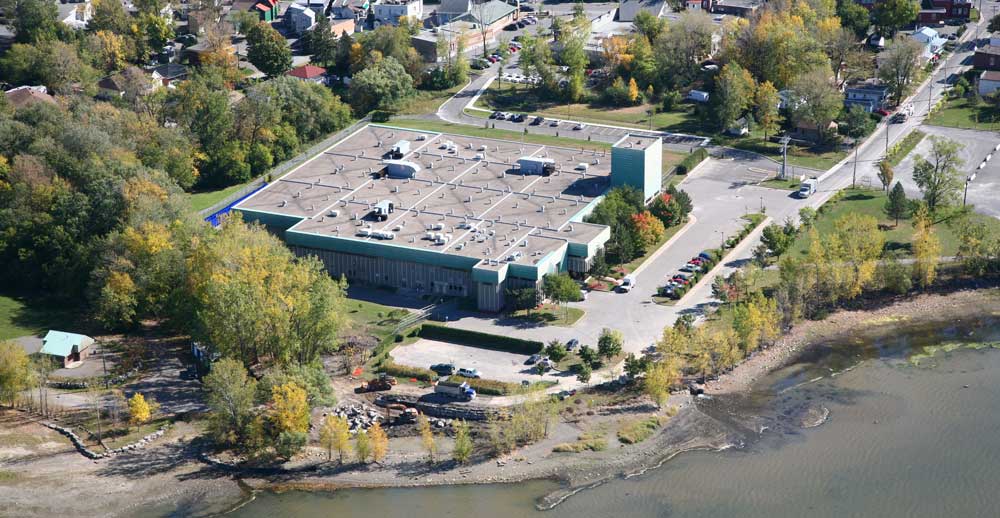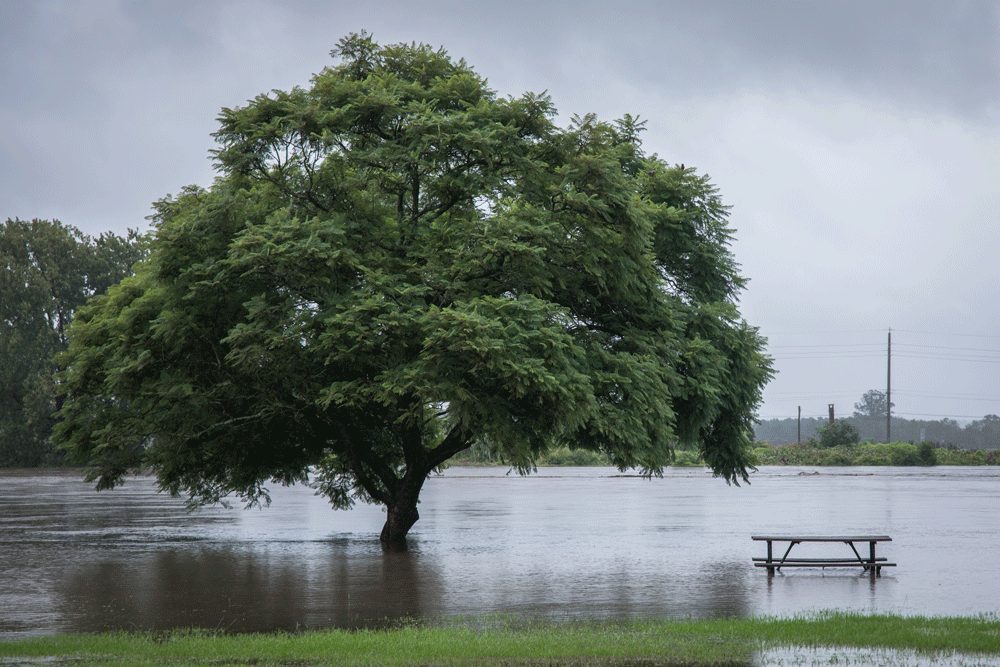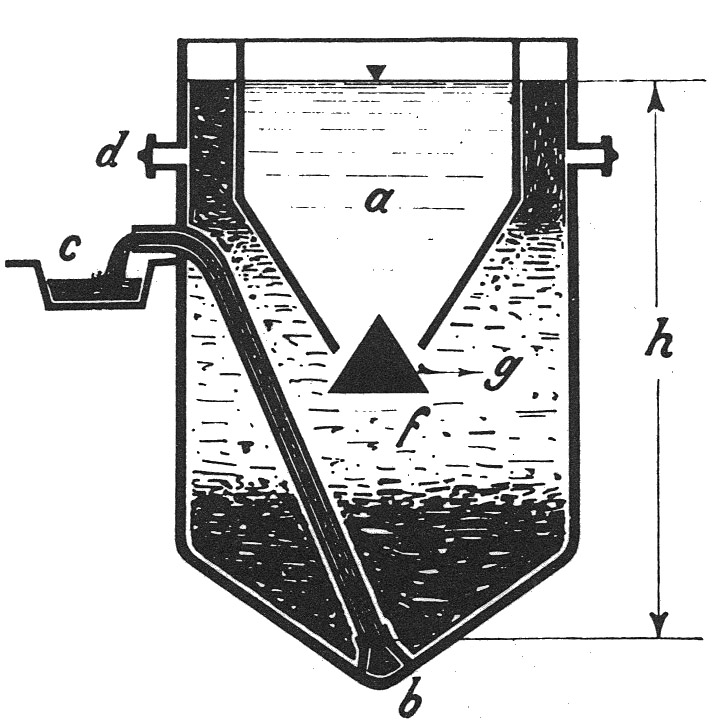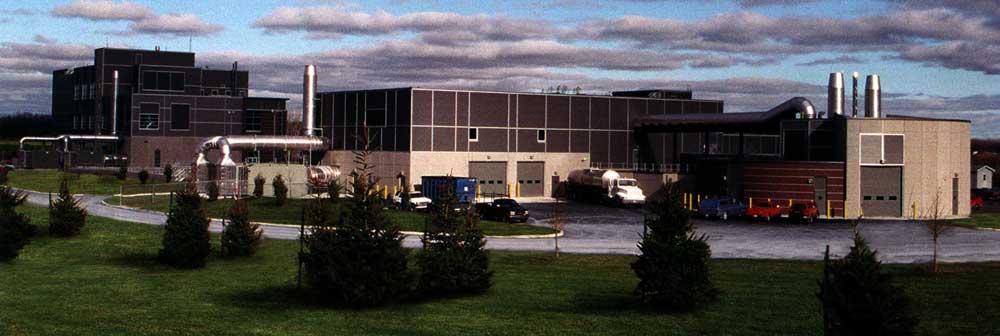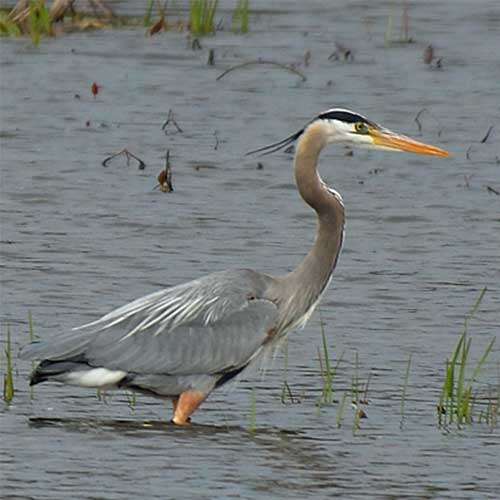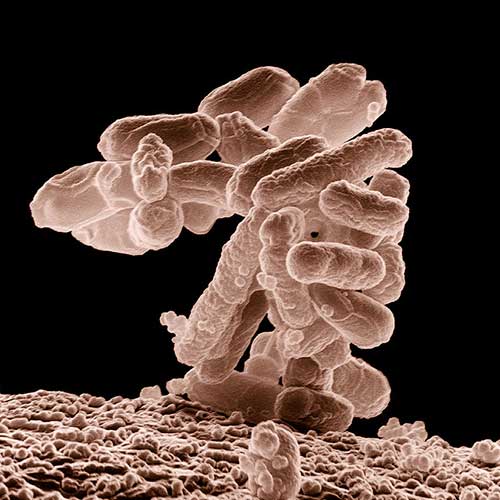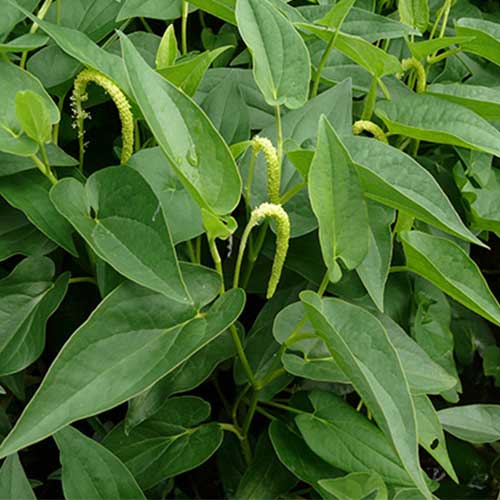Water is a vital resource that plays a central role in our daily lives. However, its quality is continually threatened by various forms of pollution and ageing infrastructure. Protecting our lakes and rivers, which are the main sources of drinking water, is a collective responsibility. Understanding the issues at stake and the causes of this deterioration is essential if we are to act effectively and guarantee a sustainable future for this precious resource.
Who hasn’t heard in the media a municipality asking its citizens to boil their water before consuming it at some point? This type of problem is most often caused by the intrusion of contaminants into a part of the drinking water distribution system. The duration of the boil advisory is generally temporary, and lasts until the cause of the contamination has been identified and corrected.
Water pollutants are generally grouped into three broad categories:
- Biological pollutants
- Chemical pollutants
- Physical pollutants
Pollution sources can be of a point source nature, meaning that they originate in a specific geographical location. For example, a wastewater discharge into a lake will have a direct impact on that specific area. On the other hand, some sources of pollution are diffuse, affecting vast territories and making their origin difficult to identify. This is particularly true of contaminants transported long distances in the atmosphere before falling to the ground in the form of precipitation.
Reference : ALLOPROF-WATER CONTAMINATION
As the main source of our drinking water comes from surface water, we are faced with the deteriorating quality of our lakes and rivers. It is becoming necessary to:
- Treat surface water before distribution to the public;
- Address the problem at source.
So before water can be consumed, it must first be checked to ensure that it’s safe to drink, and then delivered to each consumer’s tap.
Aggravating factors influencing the quality of our lakes and rivers
The three main phenomena that cause the deterioration of our lakes and rivers are :
- Eutrophication;
- Cyanobacteria;
- Wastewater.
Eutrophication;
L’eutrophication is the phenomenon by which nutrients accumulate in an environment. This is a natural phenomenon that takes place over thousands of years, and becomes problematic when it occurs too quickly. It is therefore important to distinguish between natural eutrophication, which occurs over thousands of years, and anthropogenic eutrophication, which occurs over a few decades.
The problem of anthropogenic (i.e. man-made) eutrophication occurs when excessive amounts of nutrients, such as nitrogen and phosphorus, are introduced into a lake in large quantities and very quickly. Typically, this is due to human activities such as agriculture, deforestation, the use of septic tanks and lawn fertilizers.
The Réseau de Surveillance Volontaire des Lacs (RSVL) is a program of the Ministère de l’Environnement that involves lake residents in acquiring knowledge about water quality. Over 800 lakes are active members of the RSVL.
The RSVL tells us that :
- Information is currently available for 765 lakes;
- 204 water bodies are considered to be of concern;
- 10 water bodies are in the worst stage of aging (hyper-eutrophic);
- 19 water bodies are in the penultimate stage of ageing (eutrophic).
Cyanobacteria
The cyanobacteriaalso known as blue-green algae, represent another serious threat to Quebec lakes. They are particularly active when nutrients are in excess, i.e. when a lake is eutrophic or hyper-eutrophic.
When these micro-organisms proliferate too rapidly and reach high levels, they can produce toxins that are potentially dangerous to human and animal health. Swimming and other aquatic activities can no longer be practiced in these bodies of water.
For cyanobacteria, the following facts can be observed:
- 61 reports of the presence of cyanobacteria in 2020;
- 265 reports of the presence of cyanobacteria in 2021;
This represents an increase of 334% in just 2 years.
Waste water
Wastewater is another factor in the deterioration of Quebec’s lakes. Aging and inadequate wastewater management infrastructures can lead to untreated discharges of fecal matter and chemicals into lakes, contributing to water pollution.
On the other hand, homeowners with septic systems on their property have a duty to maintain them and ensure compliance with environmental standards. Among other things, eco-responsible wastewater treatment systems are becoming increasingly widespread.
Ref: BNQ-VALIDATION OF PROCESSING TECHNOLOGIES
For more details and definitions of the scientific terms used to describe lake water quality, see the link below.
Ref: GASPÉ BEAUBIEN FOUNDATION – STATE OF QUEBEC LAKES EXPLAINED
You can also consult the interactive map of the quality of Quebec’s lakes and rivers. Click on the link below.
Ref: JOURNAL DE MONTRÉAL – INTERACTIVE MAP OF LAKE AND RIVER QUALITY
Discharges of untreated wastewater
In 2021 and 2022, there was an increase in untreated wastewater discharges into Quebec’s waterways. According to data provided by the Conseil des bassins versants des Mille-Îles (COBAMIL), 100% of the river water discharged into the Rivière des Mille-Îles after a heavy rainfall is considered to be of very poor quality! Here are the results, which were the subject of an article in Le Devoir on October 27, 2023. The article refers to Quebec’s top wastewater discharges.
- The discharge of untreated wastewater into Quebec’s lakes and rivers is one of the worst scourges polluting our waterways. It occurs mainly in rainy weather, when sewer systems can no longer absorb the overload of rainfall;
- Between 2021 and 2022 alone, the number of such spills will rise from 36,391 to 57,263.
Ref. : Le Devoir – Untreated wastewater discharges 2021 VS 2022
Ref:FONDATION RIVIÈRES – RANKING OF WASTEWATER DISCHARGES – QUEBEC
Water pollution problems, whether related to eutrophication, cyanobacteria or wastewater, demand constant attention and concrete action. Preserving our water means guaranteeing our future. With this in mind, C.I.EAU organizes initiatives such as Bye Bye Cacaan activity that teaches youngsters, from an early age, about the importance of water and simple everyday gestures, such as responsible use of the toilet.
Your support is essential to enable C.I.EAU to pursue its mission and develop innovative initiatives to preserve our natural environment. JOY’water. Donate generously to help safeguard this vital resource.


